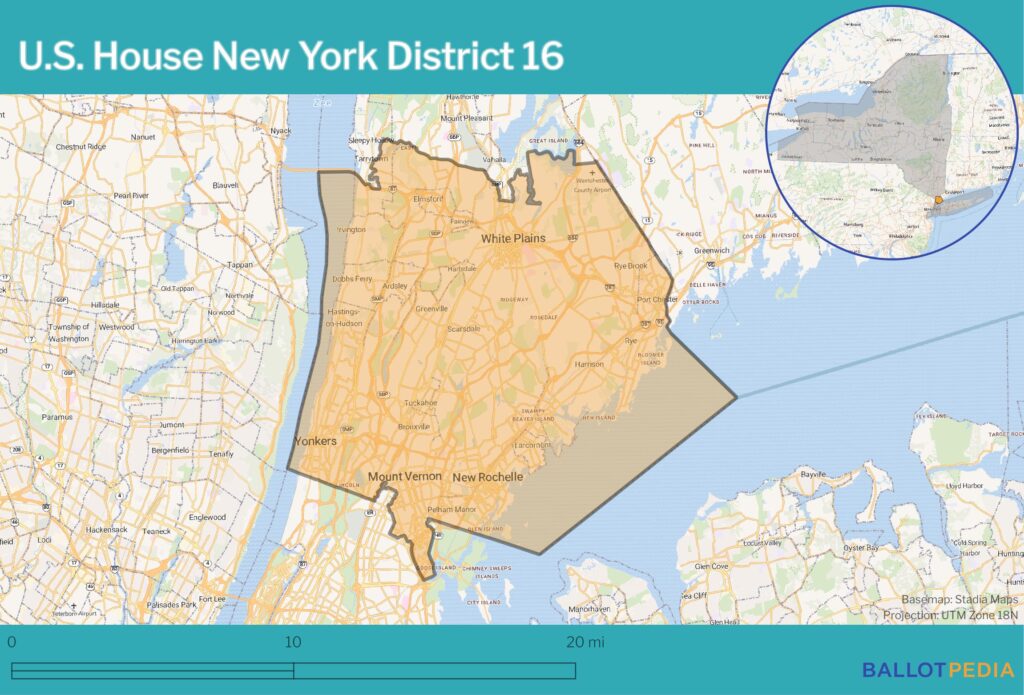
Introduction: The Significance of Voting Districts
Voting districts, often referred to as electoral districts or ridings, are critical components of the democratic process in Canada. These geographically defined areas are established to ensure equitable representation in Parliament and local legislatures. As Canada prepares for the next federal election, understanding how voting districts are created and modified becomes increasingly relevant for citizens who aim to have their voices heard.
Defining Voting Districts
Voting districts are official boundaries established for the purpose of conducting elections. Each district elects one representative to the House of Commons or provincial legislatures. In Canada, the number of districts can change based on population shifts and census data collected every five years. According to the last census in 2021, Canada has seen significant population growth in urban centers, prompting discussions around the re-drawing of district boundaries.
Current Events in Voting Districts
In recent months, the Federal Electoral Boundaries Commission has been hard at work reviewing and suggesting changes to the riding boundaries in response to the latest census data. Recommendations for the 2024 federal election include the addition of new districts in fast-growing areas such as Ontario and British Columbia. These changes are designed to reflect population increases and ensure that each Member of Parliament (MP) represents approximately the same number of constituents.
Moreover, ongoing debates surrounding voting districts often touch on issues of gerrymandering—where boundaries are manipulated to favor a particular political party. Activists advocate for independent commissions to oversee the districting process, aiming to enhance fairness and transparency in elections.
The Broader Implications of Voting Districts
The importance of voting districts extends beyond mere numbers. They play a pivotal role in shaping political representation and public policy. When voting districts reflect population demographics accurately, citizens can expect their concerns and needs to be better represented in legislative discussions. Conversely, poorly drawn districts can lead to political disenfranchisement, where certain groups, particularly in rural or marginalized communities, may feel their voices are ignored.
Conclusion: The Future of Voting Districts in Canada
As the 2024 federal elections approach, the ongoing discussions and adjustments concerning voting districts are crucial for upholding the foundational principles of democracy in Canada. The integrity of the electoral process relies heavily on how effectively these districts serve the population. For voters, remaining informed about these changes and actively participating in elections is essential for ensuring that their democratic rights are preserved and meaningful representation is achieved.



